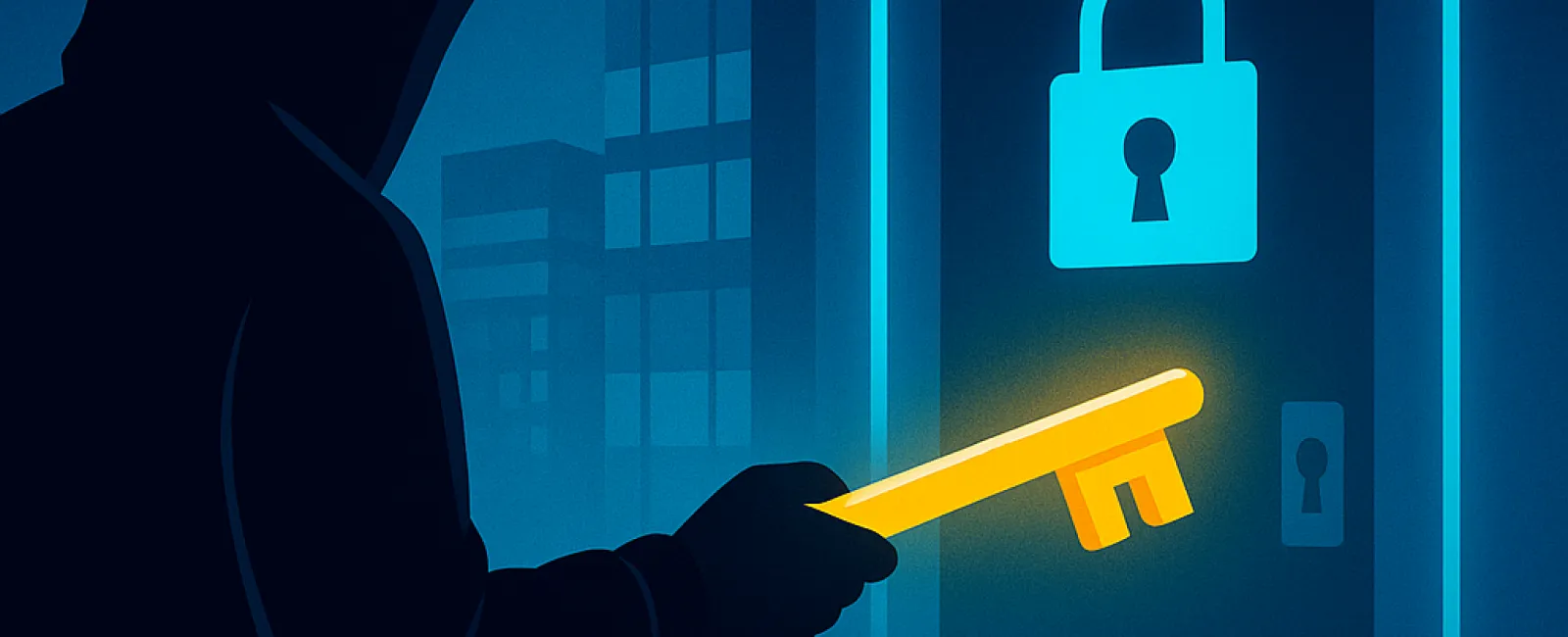August 04, 2025
Cybercriminals have shifted their tactics in targeting small businesses. Instead of forcing entry, they now gain access by stealthily using stolen login details — your digital keys.
These identity-based attacks are rising to the top as the preferred method for hackers to infiltrate systems. By stealing passwords, deceiving employees with convincing fake emails, or bombarding users with repeated login prompts, attackers catch victims off guard. And the results are alarming.
According to recent cybersecurity data, a staggering 67% of major security breaches in 2024 stemmed from compromised logins. High-profile companies like MGM and Caesars were targeted by these attacks recently — making it clear that small businesses are just as vulnerable.
How Are Hackers Gaining Entry?
While stolen passwords often start the process, hackers employ increasingly sophisticated methods to exploit vulnerabilities:
· Deceptive emails and fraudulent login pages trick employees into surrendering credentials.
· SIM swapping attacks intercept text messages containing vital two-factor authentication (2FA) codes.
· Multi-factor authentication (MFA) fatigue attacks overwhelm users with approval requests until they inadvertently grant access.
Attackers also target personal devices or external vendors, such as help desks and call centers, as alternative access points.
Proven Strategies to Safeguard Your Business
The good news? You don't need advanced technical skills to strengthen your defenses. Implement these practical steps to enhance security:
1. Enable Multifactor Authentication (MFA)
Add a crucial "second layer" to logins by activating MFA. Opt for app-based or security key-driven MFA methods, which offer superior protection compared to text message codes.
2. Educate Your Workforce
Since your team is the frontline defense, train them to identify phishing scams, fake emails, and suspicious requests — and ensure they know how to report potential threats.
3. Restrict Access Wisely
Grant employees access strictly aligned with their role requirements. Limiting permissions reduces damage in case an account is compromised.
4. Adopt Strong Password Practices or Embrace Passwordless Options
Encourage the use of password managers or move toward advanced authentication like fingerprint recognition or security keys that don't depend on passwords.
Final Thoughts
Hackers relentlessly pursue your login credentials, continually innovating their tactics. Staying protected doesn't require you to do it alone.
We specialize in crafting robust security solutions tailored to your business — safeguarding your operations without complicating workflows for your team.
Want to know if your business is vulnerable? Let's talk. Click here or give us a call at 888-820-2992 to book your 15-Minute Discovery Call.




